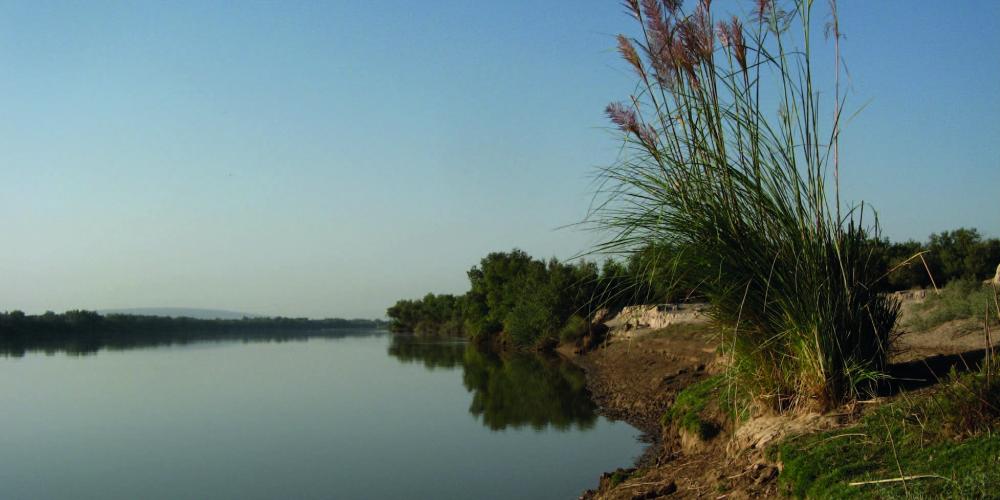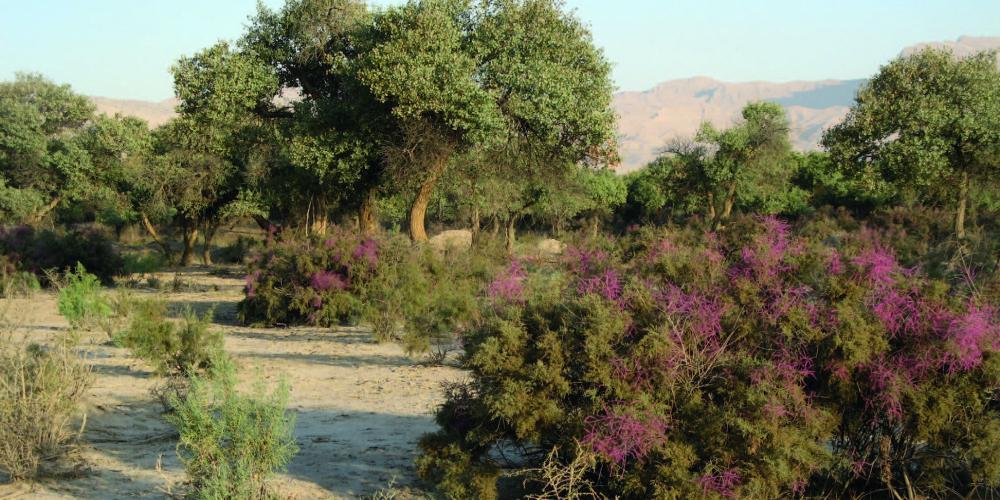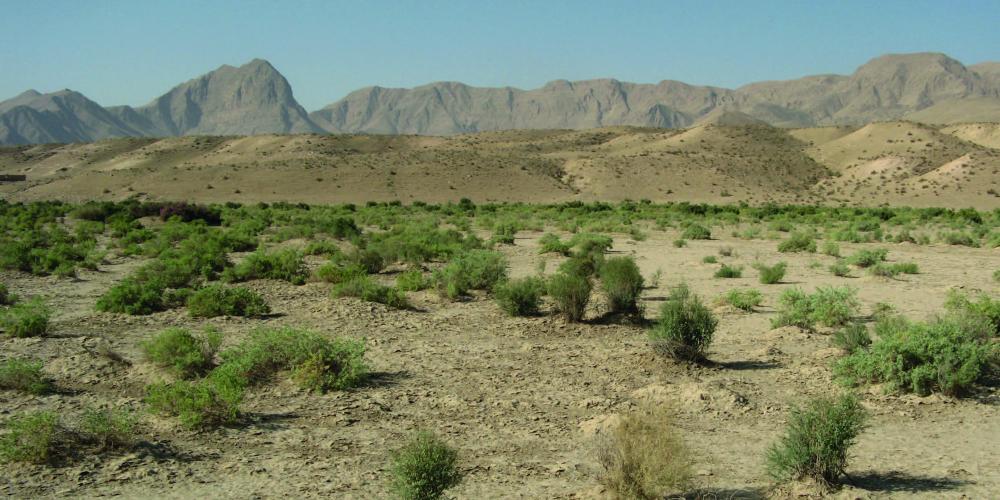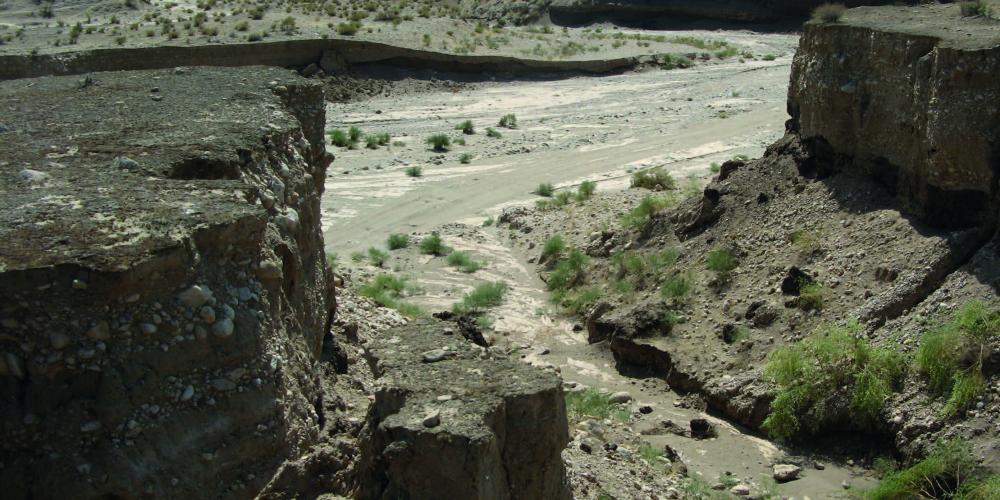Tugay Forests of the Tigrovaya Balka Nature Reserve

In the southwest of Tajikistan, the vast arid landscapes are broken by the vibrant green corridors along the meandering Vakhsh and Panj Rivers. Rainfall is infrequent here – almost non-existent during the long summer – so it's these waterways flowing down from the mountains that bring life to the region.
The rivers do more than just provide water to the land here. Over the years, they have also shaped the landscapes, with huge annual floods depositing soil across a series of terraces that mark the terrain. Known as alluvial soil, it is the foundation for the tugay forests, a unique type of riparian woodland found in the dry climates of Central Asia that relies on periodic flooding and groundwater for survival.
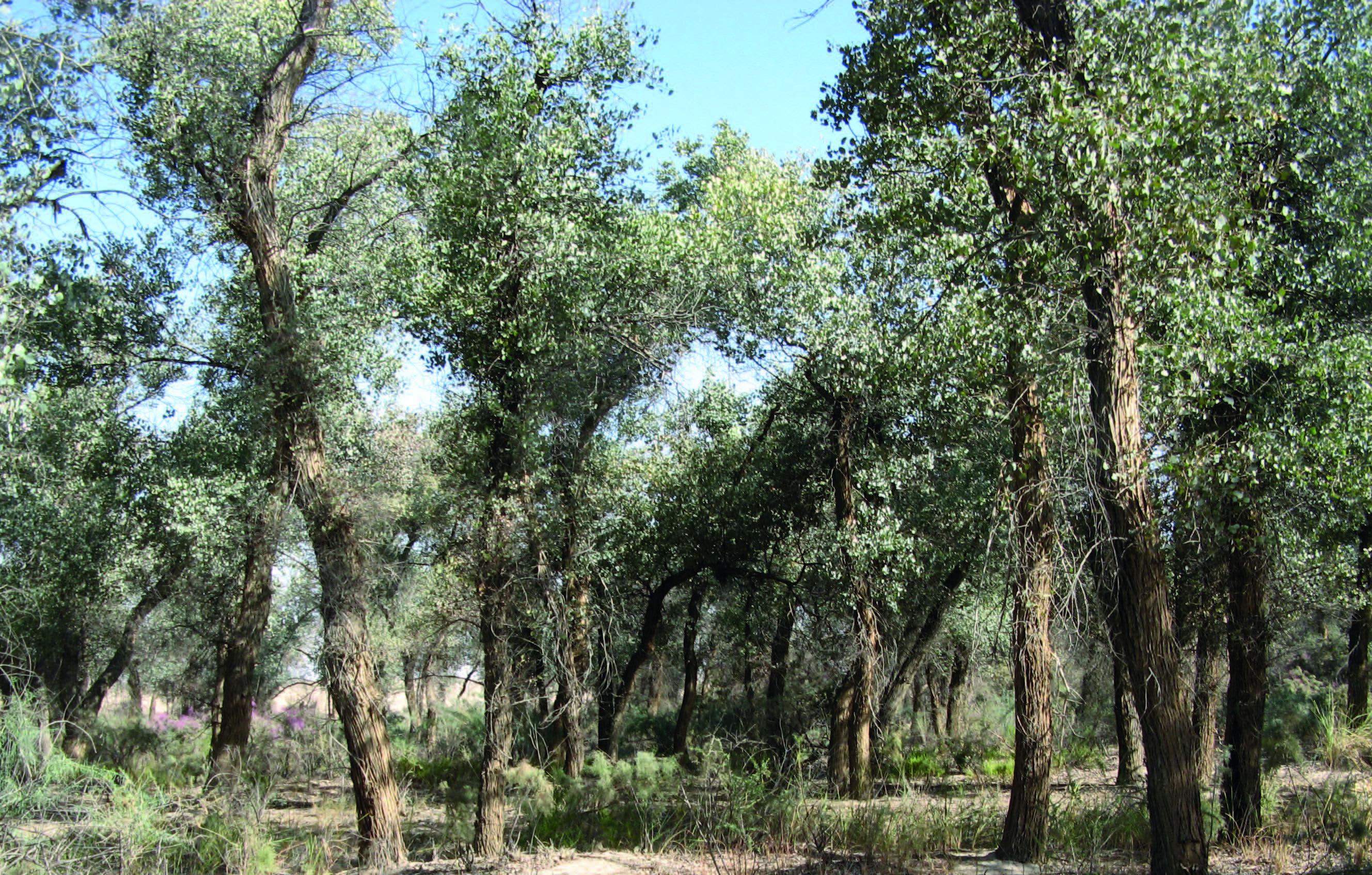
The verdant forests, dotted with lakes, stretch only as far as the edge of the alluvial soil, which means they directly abut the dry brown deserts that cover much of the region, creating a beautiful environmental contrast that is at the heart of the Tigrovaya Balka Nature Reserve. Within the protected area, there are also saline semi-deserts, piedmont semi-savannas, and various wetlands, which all add to the fascinating biodiversity.
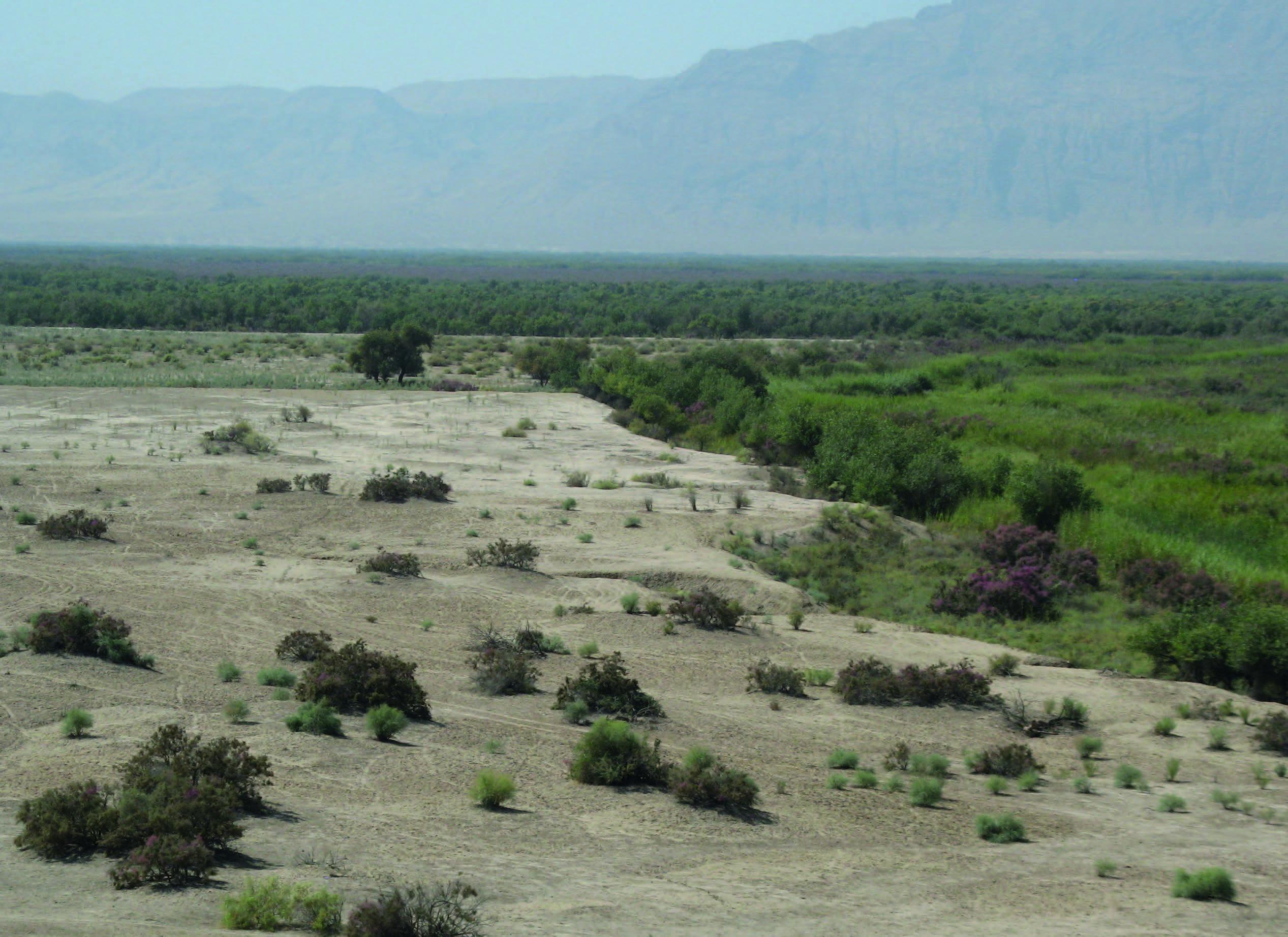
The reserve covers an area of about 50,000 hectares and about half of that consists of tugay forest, which is considered one of Central Asia's keystone aquatic ecosystems. The most prevalent species is the Asiatic poplar, which reaches an average height of about 10 metres but can grow as tall as 16 metres. This is the only place in the world where the tree's ecosystem has been preserved in its original state over such a large area and showcases the remarkable resilience of life in a harsh environment.
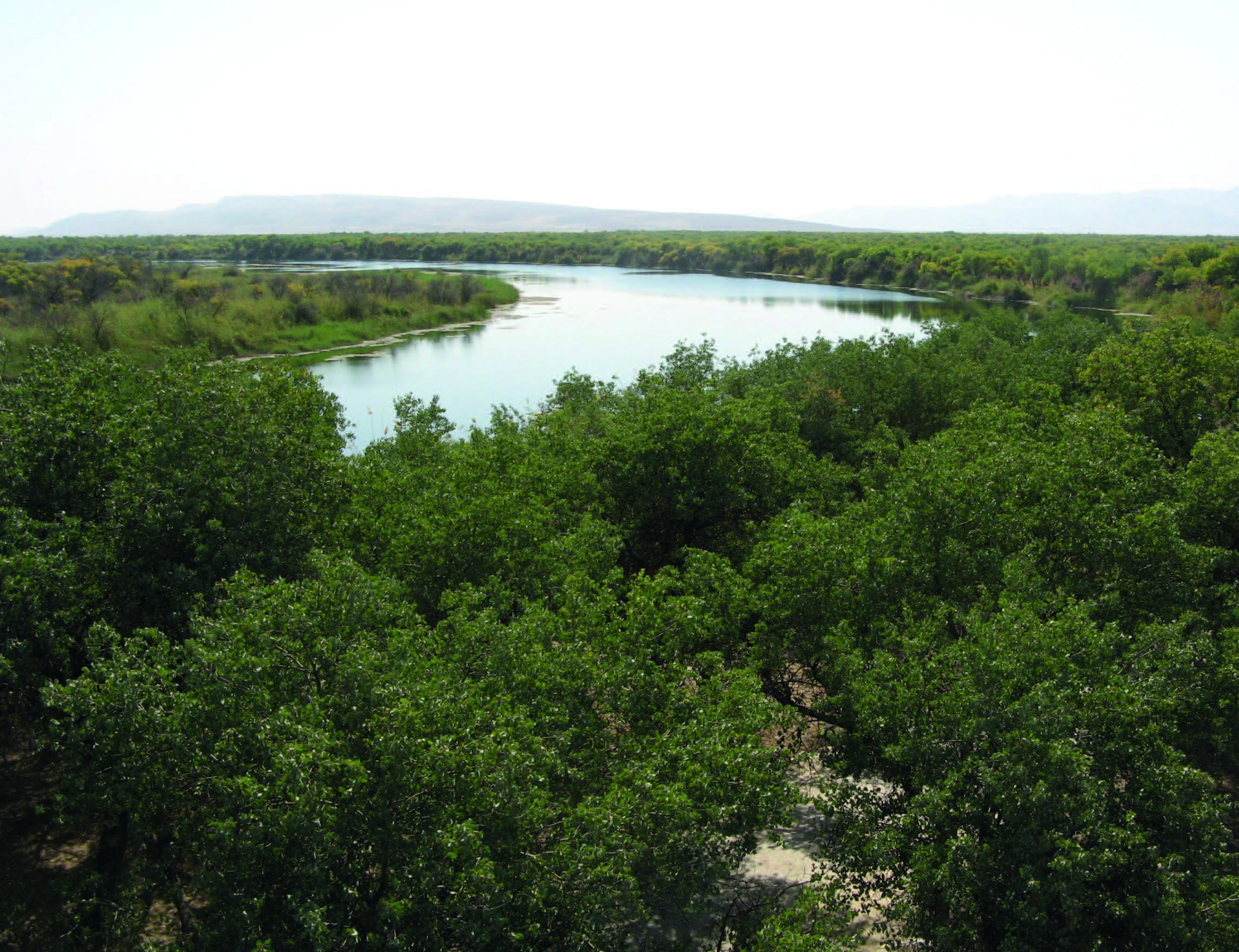
The other main tree species in the forests are willows and tamarix, with almost no undergrowth beneath their canopies. There are some grasses along the edges of the forests, while you'll find a variety of shrubs where the soil is the most saline close to groundwater. There are also some sections with marshy thickets of reeds.

The reserve is still largely untamed, with barely any human development and strict regulations on the number of visitors allowed within its borders. About 60 kilometres of dirt roads allow access to various parts of the park with a four-wheel-drive vehicle, with several tour operators leading trips into the diverse ecosystems. While the landscapes are interesting, the main focus for visitors is on the flora and fauna, particularly the rare and endemic wildlife species.
The wildlife of the reserve
The leafy tugay (riparian) forests provide food and refuge amongst the stark landscapes of southwestern Tajikistan, as well as creating natural wildlife corridors along the winding courses of the rivers. So, it's no surprise that you find many of the region's most important animals living within the protected and fertile stretch of the Tigrovaya Balka Nature Reserve.
Even the park's title offers an indication of the importance of the animals in the region. Translating to 'Tiger Valley Nature Park', it was named after the Caspian tigers that once thrived along the riverways, finding shelter, prey, and water in the forests. Although the reserve was established partly to try to protect them, the Caspian tigers are now unfortunately considered to be extinct with no confirmed sightings in the region for decades.
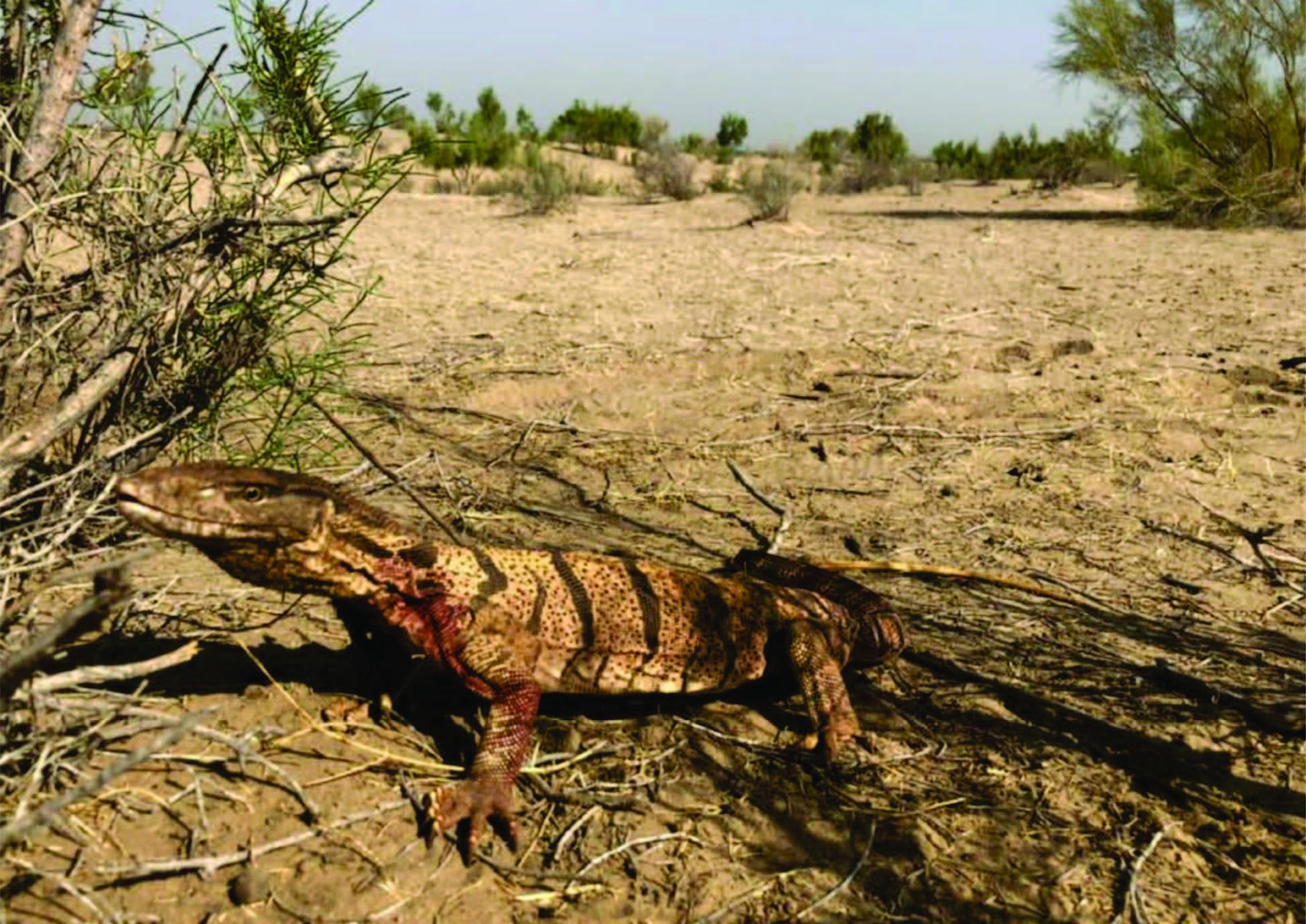
It is possible that the Caucasian leopard, a subspecies of the Persian Leopard, is still living here because there have been some reports of sightings. However, when you visit the Tigrovaya Balka Nature Reserve, you're more likely to see some of the other important species.
One of the most endangered species to look out for in the park is the Bactrian deer, a handsome animal with thick ashy-gray fur. By the end of the 20th century, there were only about 400 Bactrian deer left in the world, but their population has considerably increased since then, with at least 300 living just in Tigrovaya Balka Nature Reserve, the world's largest native population.
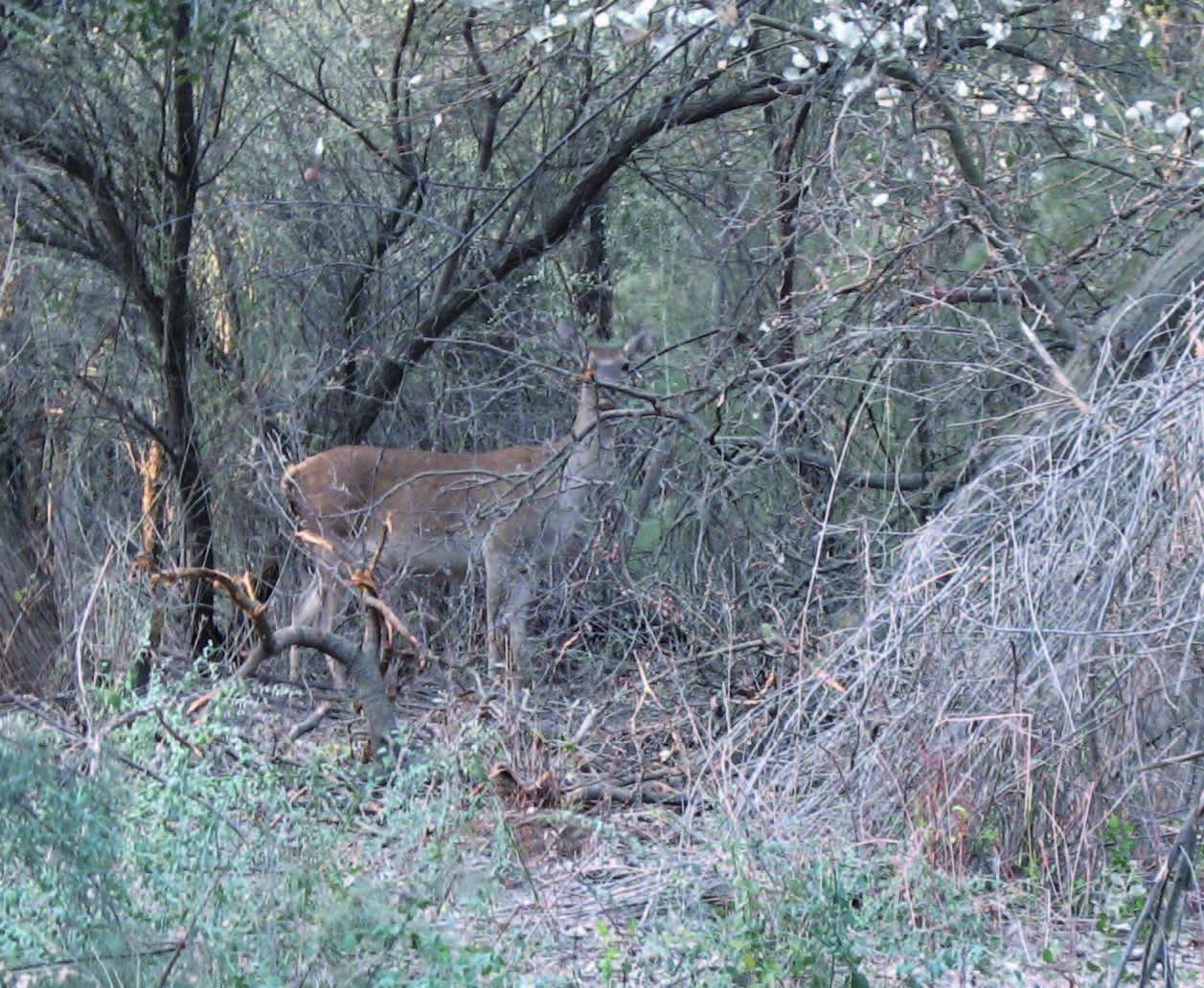
Other rare mammals to look out for are the goitered gazelle and the striped hyena, which find refuge in the forests along the water. In the more arid parts of the park, there's also the rare gray monitor that has adapted to live in the desert conditions. And then there are a large number of important bird species that can also be seen here.
When it comes to the reserve's biodiversity, it's the birds that are the most impressive of the vertebrate species. From the rivers to the desert, there are about 240 types of birds that live here, spend winter here, or pass through on migrations. The most important threatened species are the white stork, stone curlew, black-bellied sandgrouse, vulture, and griffon vulture. But you will also be able to see white-winged woodpeckers that are attracted by the hollows in the tugay forests, rufous bush robins living in the tamarix, and the houbara bastard in the dry and sandy areas.
As the last large reserve on the planet that preserves the natural tugay forests of Asiatic poplars, Tigrovaya Balka Nature Reserve is about much more than just the flora. The animals that live here – particularly the rare and endangered ones – are also a significant reason for its protection… and for you to visit and see it all for yourself.
